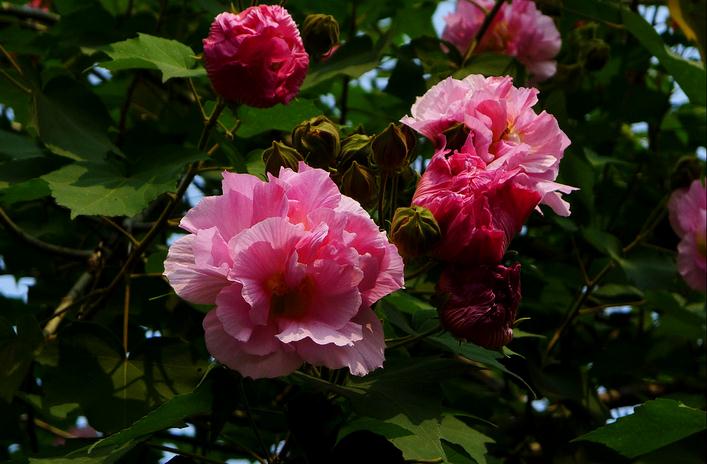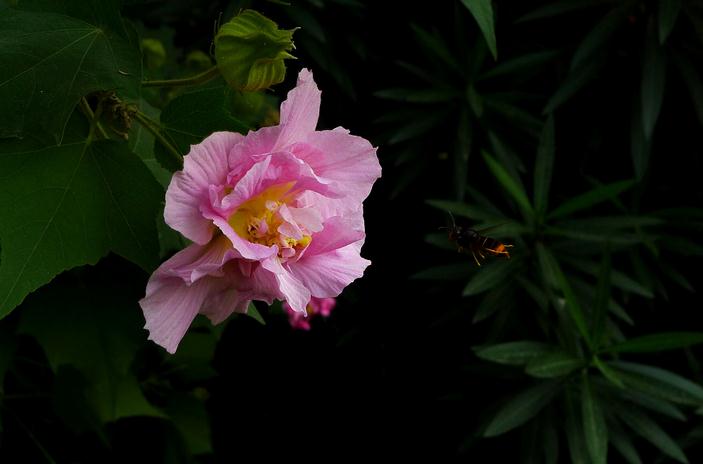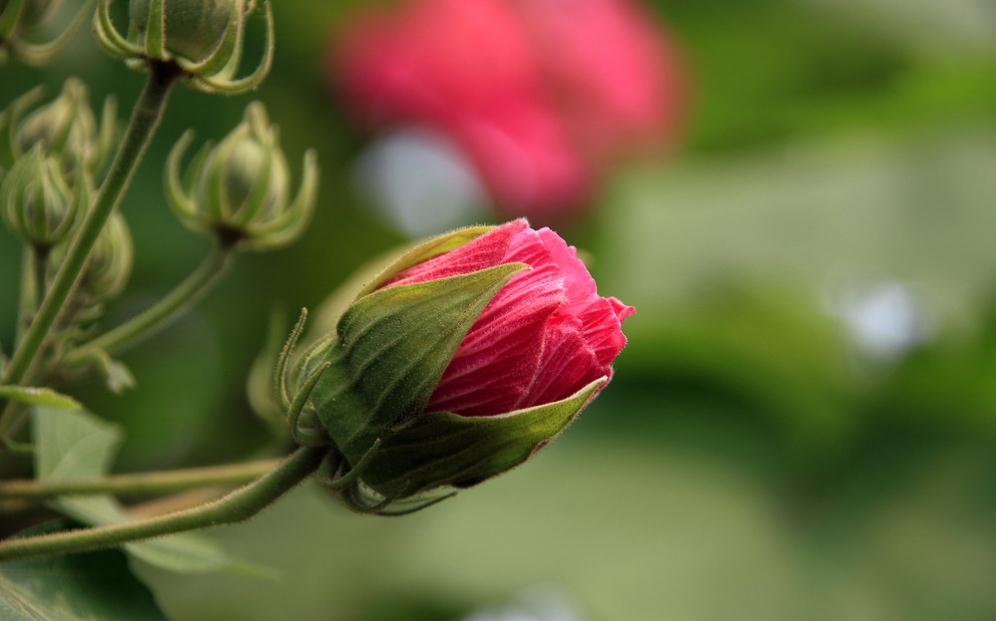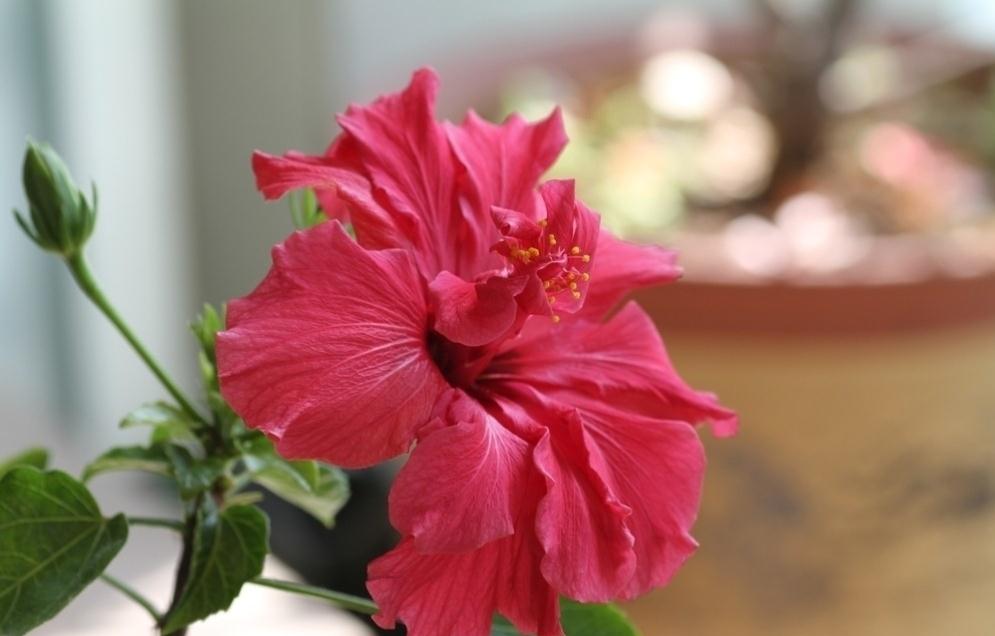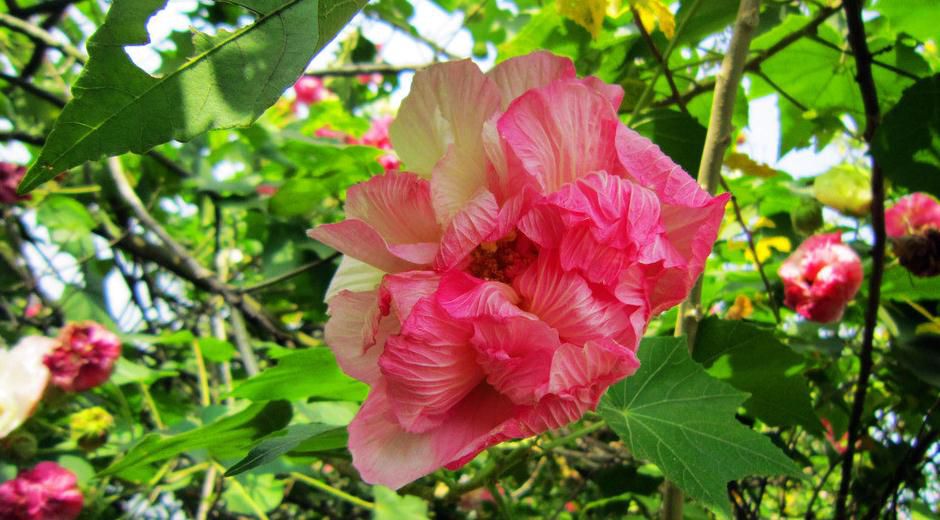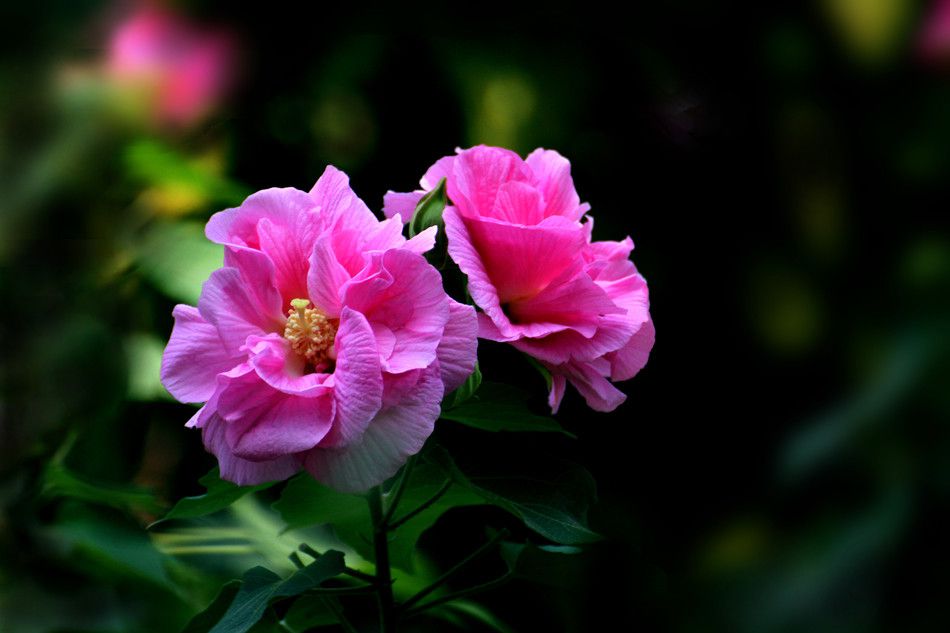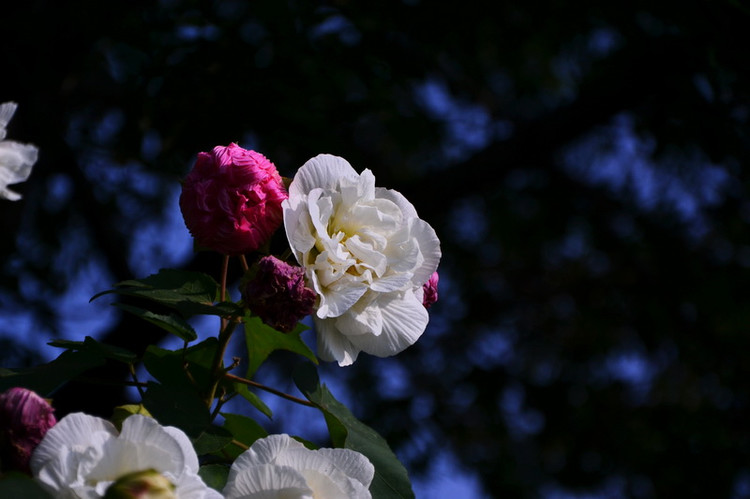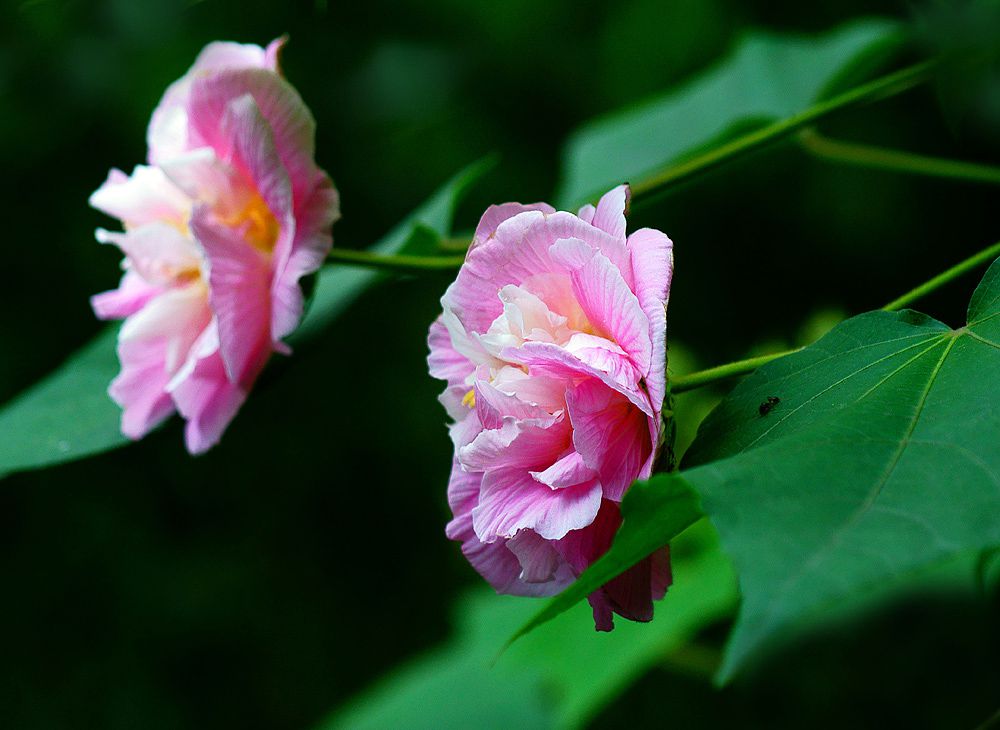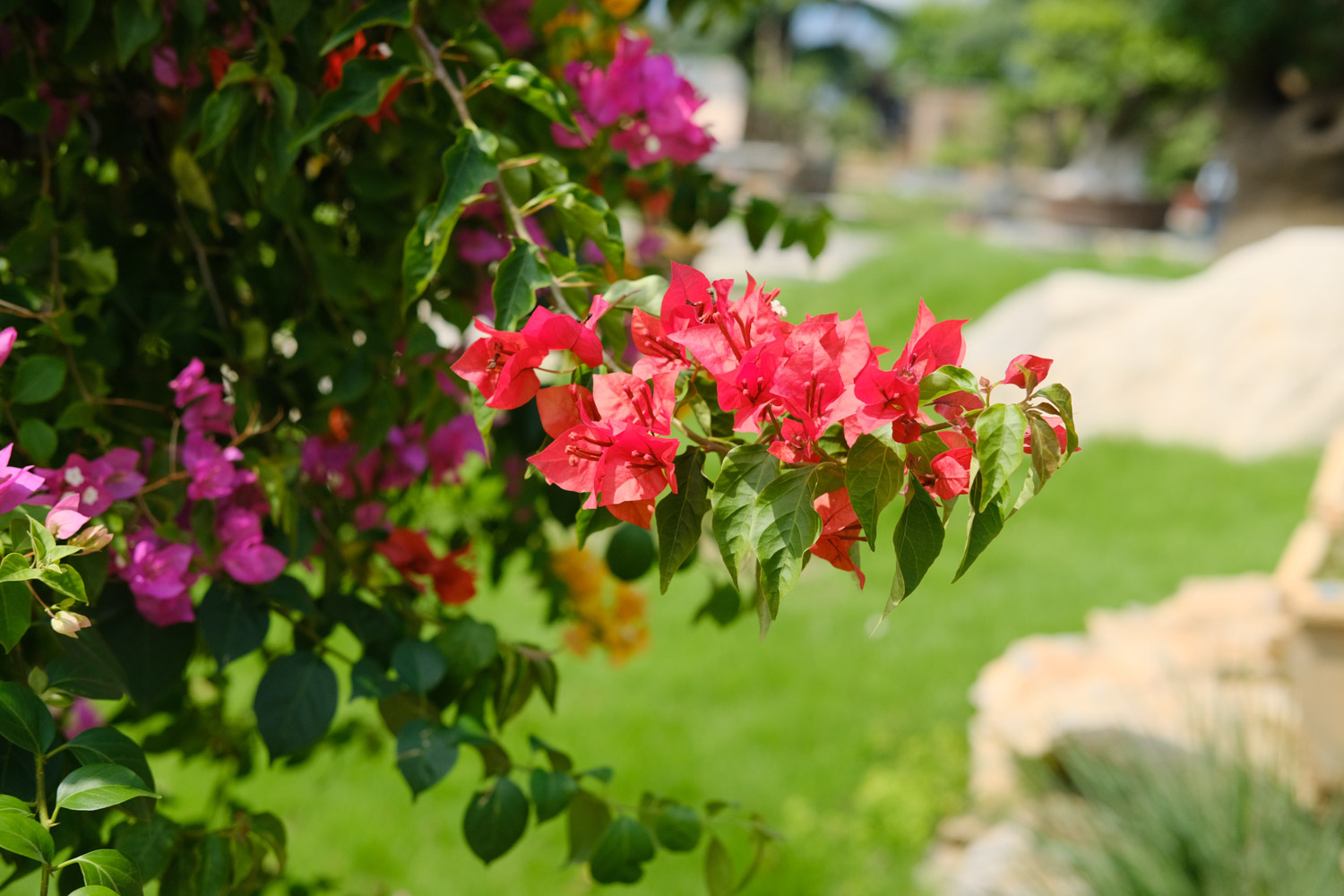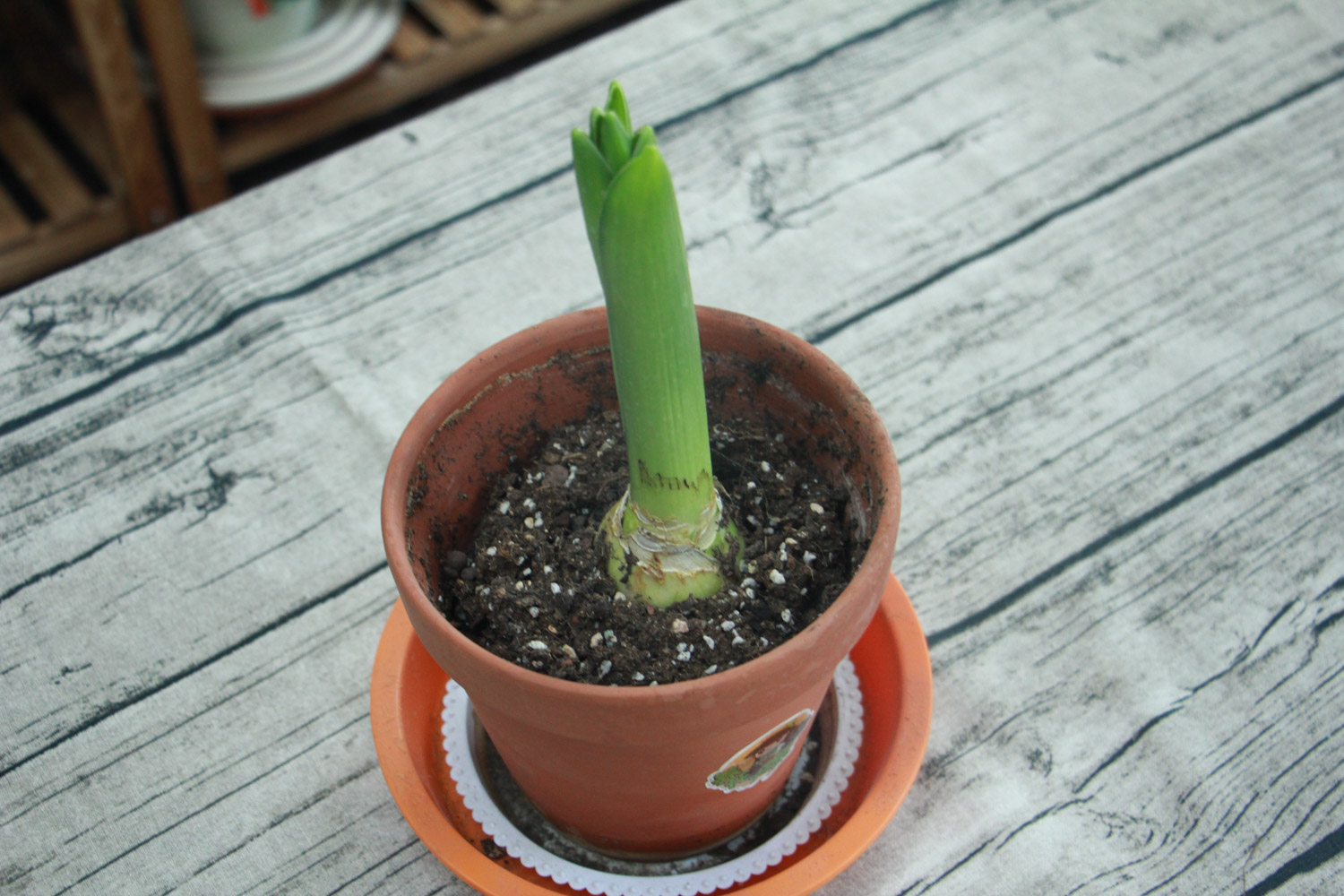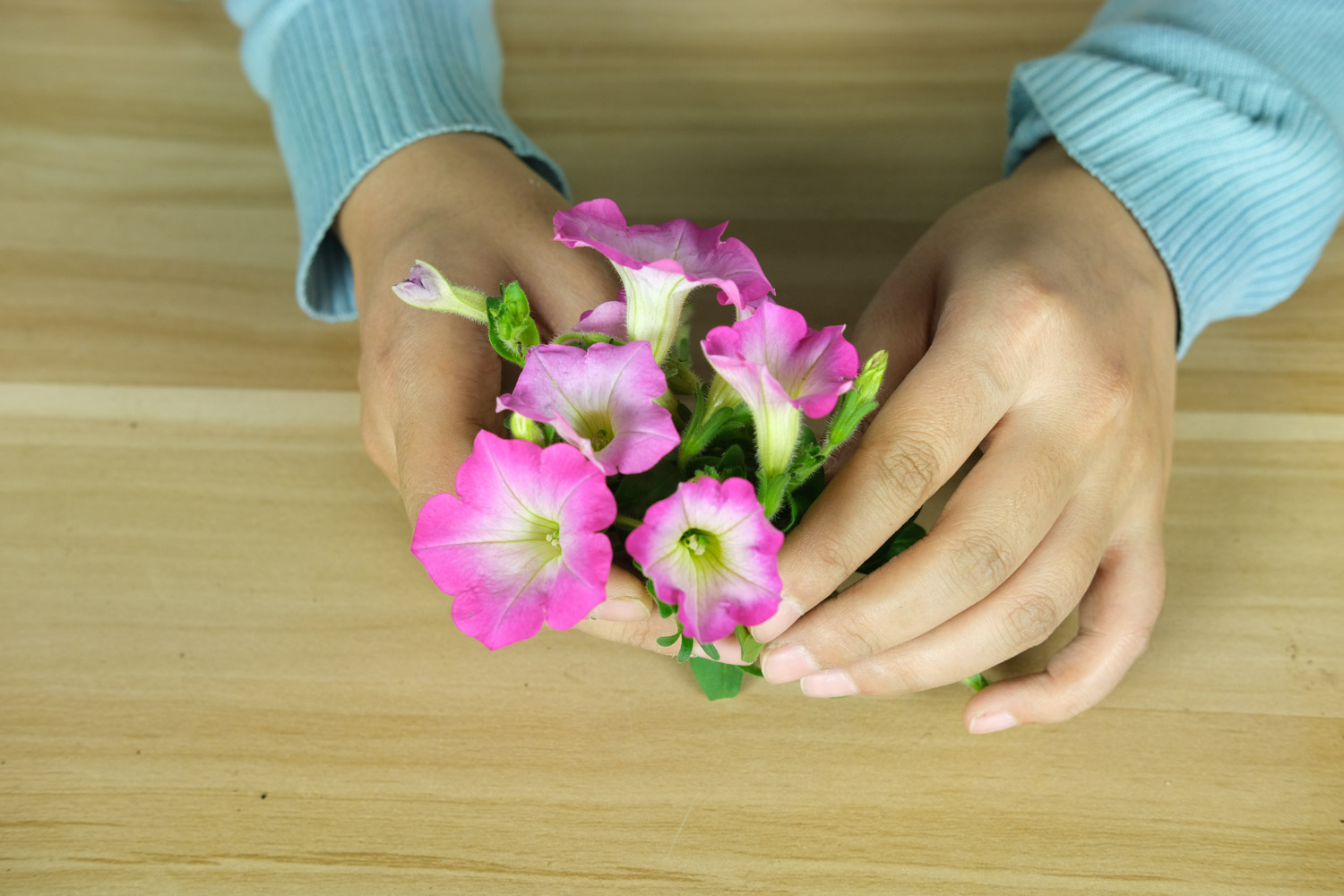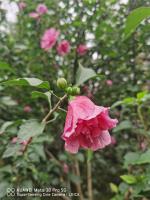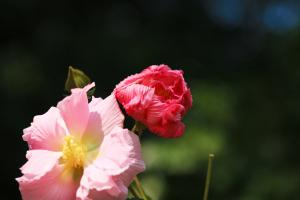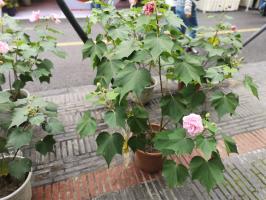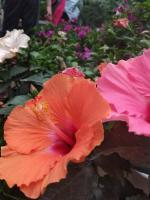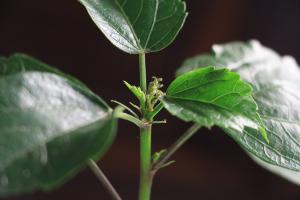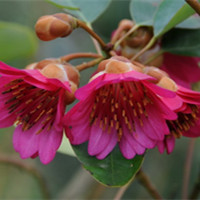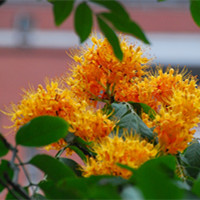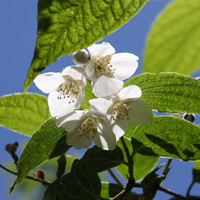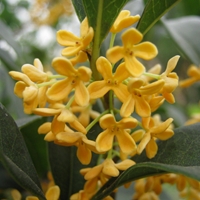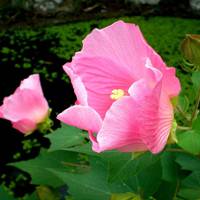Another name for Hibiscus
Hibiscus, also known as hibiscus flower, frost repellent flower, Manglietia, hibiscus, Huamu, native to China, is a deciduous shrub of Malvaceae and hibiscus
Living habits of Hibiscus
Mu Furong likes warm, humid and sunny environment. It is slightly resistant to semi shade and has certain cold resistance. The soil requirements are not strict, but it grows best in fertile, humid and well drained sandy soil. It can be planted in the sunny part of the courtyard or beside the pond. It is under extensive management at ordinary times. Pay attention to watering in case of drought. Every winter or spring, ditch around the plant and apply some rotten organic fertilizer. After fertilization, water and seal the soil in time
For plants planted in cold areas, some twigs will freeze to death in winter. Don't worry about it. New branches will be sent out after the temperature warms in spring. The pruning is carried out after the flower. The tree type can be pruned into tree shape and shrub shape, but no matter which tree type, the dead branches, weak branches and inner bore branches should be cut to ensure good ventilation and light transmittance in the crown. Hibiscus can also be potted. The pot soil should be loose and fertile, with good drainage and air permeability. There should be enough water in the growing season to meet the needs of growth. In winter, it should be moved indoors for overwintering and maintained at a temperature of 0 ~ 10 ℃ to ensure its dormancy
Morphological characteristics of Hibiscus
Hibiscus is a deciduous shrub or small tree, with a height of more than 1m. The branches and stems are densely covered with stellate hairs, the leaves are alternate, broad oval or round oval, palmately 3-5-lobed, apex pointed or acuminate, and there are stellate villi on both sides. The flowers are large, single in the axils of branches and leaves, with red, pink and white colors. The flowering period is from August to October. The capsule is oblate and mature from October to November. In colder areas, wither at the end of autumn and sprout again from perennial roots in the coming year. Tufted, only 1m high. Where the temperature is high in winter, the height can reach 7 ~ 8m, and the diameter can reach 20cm. The leaves are large, broadly ovate, 3-5-lobed, the lobes are triangular, the base is heart-shaped, the leaf margin has blunt sawtooth, and both sides are hairy. The flowers are solitary between the axils of the branches and leaves, with white or light red at first and then dark red, large red double petals, white double petals, half white half peach double petals and red white double petals
Daquan of Hibiscus species
Common varieties of Hibiscus
White Hibiscus: white flowers
Pink Hibiscus: color pink
Red Hibiscus: big red flower, big double petals, similar to peony
Huangfurong: also known as Huangmo, yellow flower, bell shaped, dark purple flower core, large double petals, similar to peony, is a rare variety
Drunken Hibiscus: also known as "three drunken Hibiscus", it blooms white in the morning, turns peach red at noon and turns dark red in the evening. It is a rare and precious variety
Application value of Hibiscus
1. Ornamental value. Hibiscus morifolius blooms in late autumn. It has a long flowering period, vigorous flowering and many varieties. Its flower color and flower type vary widely with different varieties. It is a good flower viewing tree species. Because the flowers are large and beautiful, they have been mostly planted in gardens in China since ancient times. They can be planted alone or in clusters beside walls, roadsides, in front of halls and so on. It is especially suitable for planting on the waterfront. When flowering, the waves and shadows of flowers complement each other, which is extremely enchanting. Therefore, it is known as "shining lotus in the water". In addition, it is suitable to plant in courtyards, slopes, roadsides, forest edges and in front of buildings, or as flower hedgerows. Potted plants can also be viewed in the cold north
2. Industrial use. The stem skin contains 39% cellulose. The stem skin fiber is flexible and water-resistant. It can be used as cable and textile raw materials, as well as papermaking
3. Medicinal value. The flowers, leaves and roots of Hibiscus are rich in flavonoids, hypericin, inulin, phenols, reducing sugar and other pharmaceutical components, which can be used as medicine. It can clear away heat and toxin, reduce swelling and discharge pus, cool blood and stop bleeding. For lung heat, cough, menorrhagia, leucorrhea; For external use, it can treat carbuncle, sore and furuncle, mastitis, lymphadenitis, mumps, burn, snake bite and bruise. The famous "Yulu powder" and "hibiscus flower oil" are made from the flowers and leaves of Hibiscus
Appreciation of Hibiscus pictures
